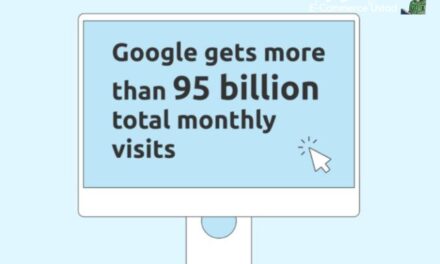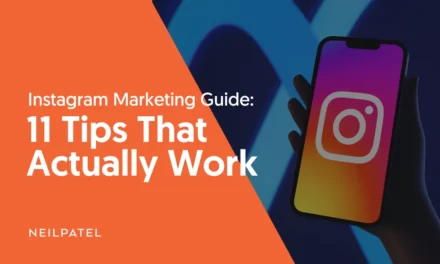
Who is a Freelancer?

A freelancer is a person who works as an independent contractor and gets paid on a project-by-project or task-by-task basis, typically for short-term projects. Since a freelancer is not an employee of a company, they are free to work on multiple projects for different people or businesses at the same time, unless they have a written contract that says they can’t do anything else until a certain task is done.
Gig workers are another name for freelancers.
KEY TAKEAWAYS:
A freelancer is someone who works for themselves and gets paid for each project or activity they do, usually for a short time.
2. The opportunity to work from home or a non-traditional workplace, a flexible work schedule, and a better work-life balance are advantages of freelancing.
3. An independent journalist who reports on their chosen stories and then sells them to the highest bidder is an example of a freelancer.
4. Since freelancers are not considered employees, they usually don’t get benefits from their companies like health insurance or retirement plans.
5. The term “freelancer” can also refer to gig workers.
Understanding Freelancers:
In general, freelancers are thought of as self-employed workers who, depending on their schedules, may work on their contracts full-time or as full-time jobs on the side. As independent contractors, freelancers often need signed contracts before starting work and agree to a set payment based on the amount of time and effort required to do the assignment. This price could be a fixed rate, a fee determined on the number of hours, days, or projects, or it could take another form.
A freelancer usually works in the media, marketing, music, acting, journalism, video editing and production, illustration, tourism, consulting, website development, computer programming, event planning, photography, translating languages, tutoring, catering, and many other fields.
Freelancers and Taxes:
Freelancers are classified as self-employed by the Internal Revenue Service (IRS). Unlike company employees, self-employed individuals do not have their taxes deducted by the business they are working for. So, the freelancer is the only one who is responsible for paying income taxes, which must be done in advance and in three equal payments. A freelancer has to pay both the income tax and the self-employment tax, which is required by the IRS.
A freelancer who earns $400 or more is subject to the self-employment tax in any given tax year. One portion of the levy goes toward Social Security, and the other portion goes toward Medicare.
Freelancers must pay self-employment tax as both an employer and an employee because the IRS views them as business owners. The social security tax rate in 2021 is 6.2% for employers and 6.2% for employees (the rate for both employers and employees is set to hold steady in 2022). A freelancer or other independent contractor would be subject to taxation at a rate of 6.2% + 6.2% = 12.4% because they are both an employer and an employee. In 2021, the Social Security tax doesn’t apply to the first $142,800 of income. In 2022, this “taxable maximum” will rise to $147,000. The self-employed individual’s 2021 Medicare tax rate, 1.45% for both entities, is 2.9%. As a result, the total self-employment tax rate that a freelancer must pay is 15.3% (12.4% + 2.9%).
Some tax breaks for business costs that business owners can get may also be available to freelancers. The IRS states they must be “regular and necessary expenses” (O & N) for running the firm. So, a freelancer wouldn’t be able to write off a fee they usually pay for their own use. Deductions that can be made include rent and utility costs for a home office, travel expenses to and from a job, charges associated with entertaining clients, the price of training programs or certifications directly related to a career in business, and more.
Since taxes aren’t taken out of freelancers’ paychecks, they have to pay the IRS an estimated amount every three months.
Advantages and Disadvantages of Freelancing
Being a freelancer gives you a better work-life balance, the chance to work from home or other unusual places, and a flexible work schedule. Workers who have been laid off can profit from freelancing, lowering the unemployment rate in an economy as a whole.
Drawbacks include uncertainty about future income, job stability, and consistency in getting new work. There are also no employer benefits like health insurance and retirement plans, and the pay per hour is sometimes lower than for people who work for a salary. Freelancers can’t get unemployment insurance, except for those who qualified for Pandemic Unemployment Assistance (PUA) during the pandemic.
Examples of Freelancers
An independent journalist who covers stories of their choosing and then sells their work to the highest bidder is an example of a freelancer. Another illustration is a web designer or an app developer who only works on a project for a client once before moving on to another.
Other contexts in which freelancers often work include:
- Graphic design & illustration
- Marketing, media, & PR
- Financial support (e.g. tax preparation)
- Writing, editing, & proofreading
- Photography & videography
- Data entry
- Software programming & beta testing
- Website design
- Sales
- Virtual Assistant
- Digital Marketer
































Trackbacks/Pingbacks